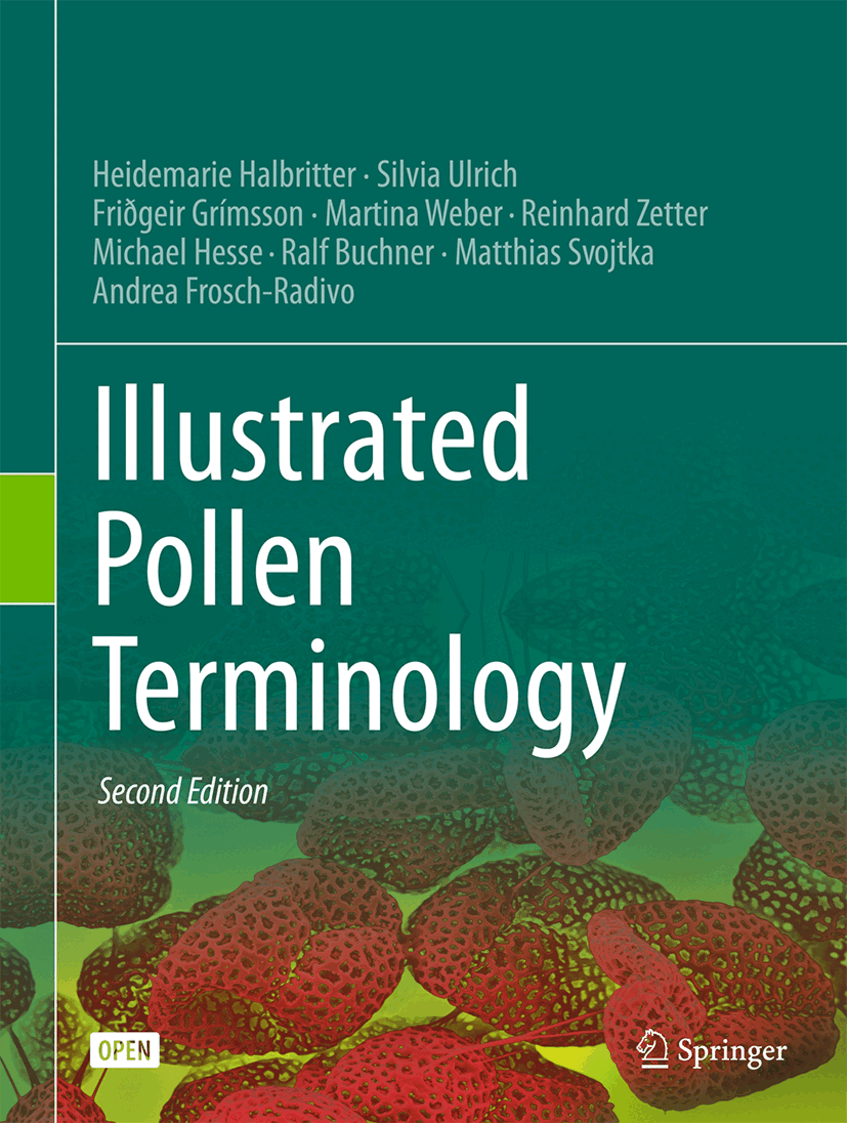PalDat - Palynological Database
PalDat - what is it?
PalDat is the worldwide largest database and most comprehensive resource on pollen and palynology. This searchable database provides a large amount of playnological data from a variety of plant families. The database includes a detailed description of the pollen grain, images of each pollen grain (LM, SEM and TEM), an image of the plant (flower), basic literature for each genus, and an illustrated terminology. To view the database a free registration is necessary (registration requires that your system will accept "cookies"!). PalDat is available free of charge in the Internet at www.paldat.org.

Who is running PalDat?
Since April 2005 PalDat is operated by "The Society for the promotion of palynological Research in Austria". Detailed information about the society and also an application form will you find at www.autpal.at.
How can I support PalDat?
You can support PalDat by becoming a member of "The Society for the promotion of palynological Research in Austria". Alternatively, send your donation to the society or we also appreciate donations in kind, e.g., printing costs for publications, funding of promotion material. For more information www.paldat.org/info/donation/.
"PalArt by PalDat"
Art from Scientists for Science
In fine arts and painting interested members of the Department have founded PalArt. Painting is not "just for fun" but we support with the sales revenue the worldwide largest database on pollen in the internet: PalDat. You will find the paintings at www.palart.org.
Illustrated Pollen Terminology

Illustrated Pollen Terminology
This open access book offers a fully illustrated compendium of glossary terms and basic principles in the field of palynology, making it an indispensable tool for all palynologists. It is a revised and extended edition of "Pollen Terminology. An illustrated handbook," published in 2009. This second edition, titled "Illustrated Pollen Terminology" shares additional insights into new and stunning aspects of palynology. In this context, the general chapters have been critically revised, expanded and restructured. The chapter "Misinterpretations in Palynology" has been extended with new research data and additional ambiguous terms, e.g., polyads vs. massulae; the chapter "Methods in Palynology" has been extensively enhanced with illustrated protocols showing the majority of the methods and techniques used when studying recent and fossil pollen with LM, SEM and TEM. Moreover, additional information about the description and publication of pollen data is provided in the chapter "How to Describe and Illustrate Pollen Grains." Various other parts of the general chapters have now been updated and/or extended with more comprehensive textual passages and new illustrations. The chapter "Illustrated Pollen Terms" now features new and more appropriate examples of each term, including additional LM micrographs. Where necessary, the entries for selected pollen terms have been refined by rewording or adding definitions, illustrations, and new micrographs. Lastly, new terms are included, such as "suprasculpture" and the prefix "nano-" for ornamentation features.
The chapter "Illustrated Pollen Terms" is the main part of this book and comprises more than 300 widely used terms illustrated with over 1,000 high-quality images. It provides a detailed survey of the manifold ornamentation and structures of pollen, and offers essential insights into their stunning beauty.
